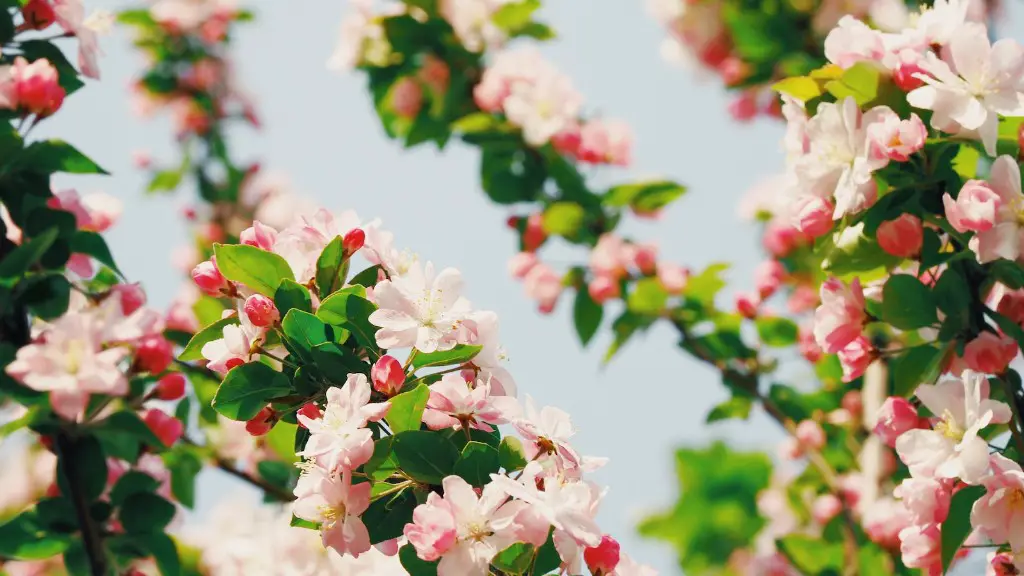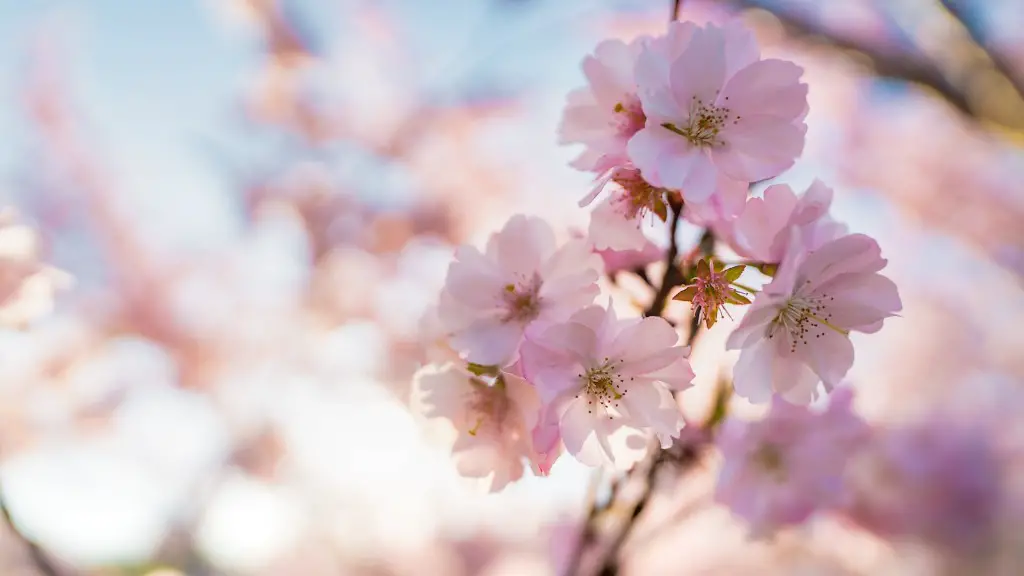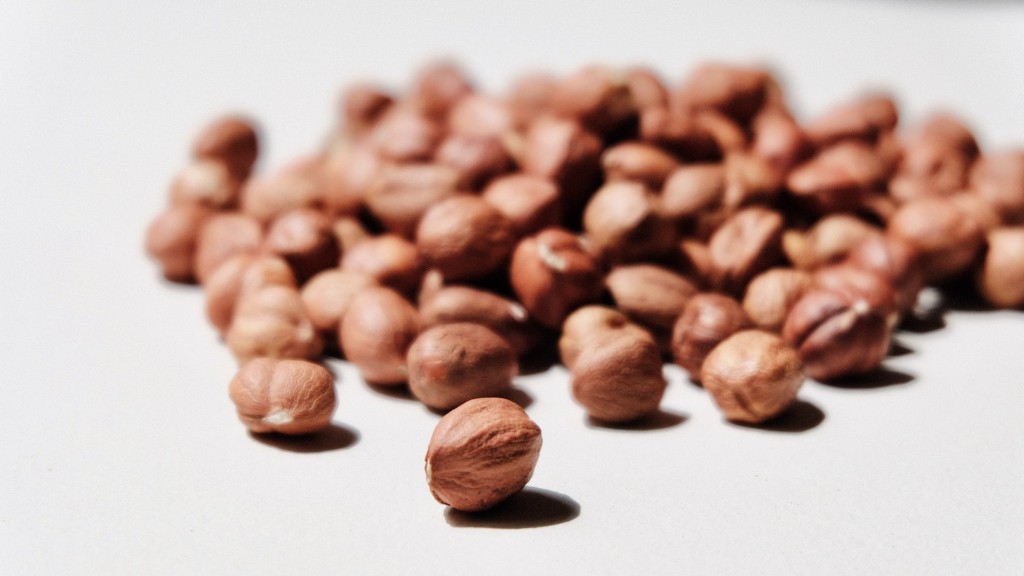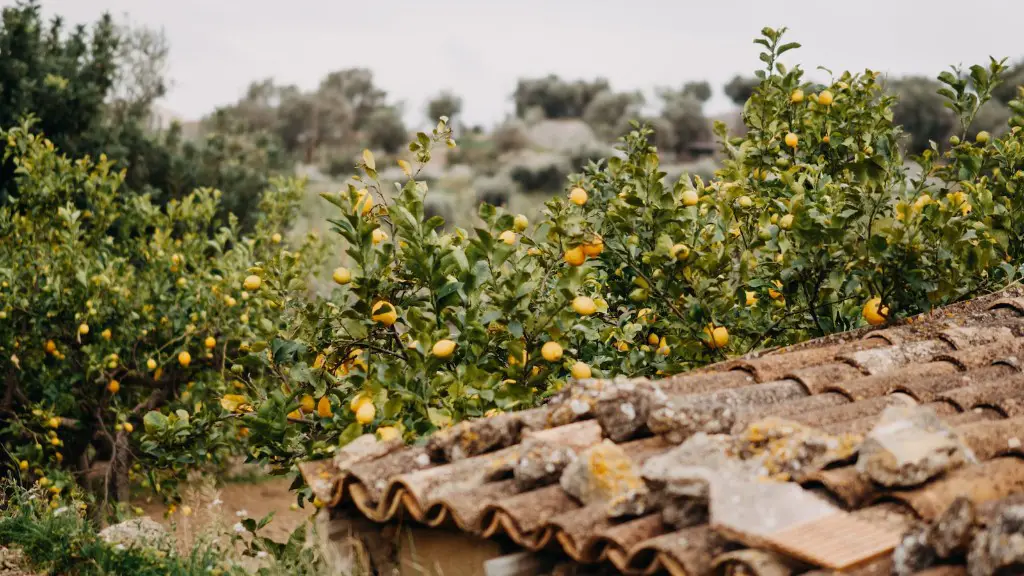Pruning Process: An Overview
Pruning is a regular maintenance task used to improve the appearance, structure, and health of trees. Cherry trees can be pruned to keep them small and shape them as desired. To prune a cherry tree, it’s important to identify which branches need to be removed and to understand the principles of pruning. Cherry trees have a tendency to grow tall and wide, but pruning techniques can be used to keep them well-shaped and compact.
The best time to prune cherry trees is during the dormant season, typically between November and March. At this time, the leaves have fallen off, and pruning will not detract from the beauty of the flowers when they bloom in late winter or early spring. Pruning a cherry tree during this time also allows it to heal quickly, as the buds are still dormant and the tree is not actively growing.
When Should Pruning Not Take Place?
It is important to avoid pruning a cherry tree during the summer months when it is actively growing and flowering. Pruning during active periods of the year can damage the tree and reduce its ability to produce flowers. Additionally, it is also important to avoid pruning cherry trees in wet weather as moisture can cause diseases. The best time to prune any trees is when the weather is dry.
Tools and Techniques
To prune a cherry tree one should use clean, sharp cutting tools, like pruning shears, saws, and loppers. The recommended technique for pruning cherry trees is to remove just the very tip of each branch. This process is known as heading back, and it helps to encourage the cherry tree to produce short, dense branches. When heading back, the cut should be just a few inches from the end of the branch, and all of the side branches should be trimmed back to the same length.
To keep the cherry tree relatively small, it’s also important to remove anything that is growing beyond the desired canopy shape of the tree. This includes any shoots or branches that are growing upwards, as well as any side branches that are growing at an awkward angle. By pruning them off, the cell structure of the tree will be encouraged to produce more compact, shorter branches, thus resulting in a smaller tree in the long-term.
Thinning, Flowering and Maintenance
In addition to heading back, cherry trees can also be pruned by thinning. This involves the removal of an entire branch or limb, rather than just the tip of the branch. It should be done occasionally, particularly when the tree is mature, to help improve the overall shape and size of the tree. Additionally, cherry trees can be pruned to accentuate their flowering. Pruning can be done to stimulate more growth in areas that produce flowers, as well as to help open up the canopy of the tree to more sunlight, improving flowering and overall health of the tree.
Finally, it is important to keep in mind that pruning a cherry tree is an ongoing process. Regular pruning will help keep the tree healthy, and it will also allow it to grow in the desired shape. Pruning should be done on a regular basis, and it is a labor-intensive process. If the pruning is not done on time or done incorrectly, the overall health and beauty of the tree can be damaged, so it is important to be aware of the basics of pruning.
Diseases, Insects and Other Considerations
When pruning a cherry tree, it is important to keep an eye out for any diseases or insects. Inspecting the leaves and branches for signs of disease or infestation can help protect the overall health of the tree. If anything is found, prune away any affected areas and consult with an arborist or tree professional to better understand the cause of the problem and proper steps to take.
In summary, pruning is an important maintenance task used to keep cherry trees healthy and remain in their desired shape. By understanding the right tools, techniques, and the appropriate time of year to prune, the size of cherry trees can be kept small and they can be shaped as desired. Pruning should be done regularly, and it is important to look out for signs of disease and insect damage as well.
Additional Considerations
When looking to prune a cherry tree, it is also important to remember to prune in such a way that does not leave large branches with too much foliage. Doing this can result in reduced fruit yields, so it is important to be mindful. Additionally, if there are multiple cherry trees in the same area, it is important to prune them in such a way that allows for air and sunlight flow. Pruning should be done with an awareness of the desired end result and with the goal of producing a healthy and aesthetically pleasing fruit tree.
Correct Cutting Practices
In addition to the tools, techniques and timing, correct cutting practices are important to keep in mind when pruning cherry trees. It is important to never remove more than 25 percent of the foliage while pruning. Additionally, cuts should always be made at an angle, and it is recommended to avoid using pruning paint as it can cause harm to the tree.
When making pruning cuts, it is important to take into account the intended path of the branch and aim to prune in such a way as to not leave stubs or branches that can easily break. After pruning, it is important to ensure that there are no branches left at a height that people or vehicles may come into contact with. Pruning should be done in a safe and effective manner.
Importance of Regular Inspections
Finally, regular inspections of cherry trees are important for the overall health and maintenance of the tree. Inspections will help identify any potential dangers, such as diseases or pests, and can help proactive measures be taken to protect the tree. Additionally, any pruning that needs to be done in order to keep the tree healthy and in its desired shape can also be spotted during these regular inspections.
By understanding the basics of pruning and by taking an active role in inspecting, managing and caring for cherry trees, individuals can achieve the desired shape and size of the tree.Routine pruning will help keep the cherry tree healthy and in its desired shape. By understanding the right tools and techniques, the size of a cherry tree can be kept small and well-shaped.



